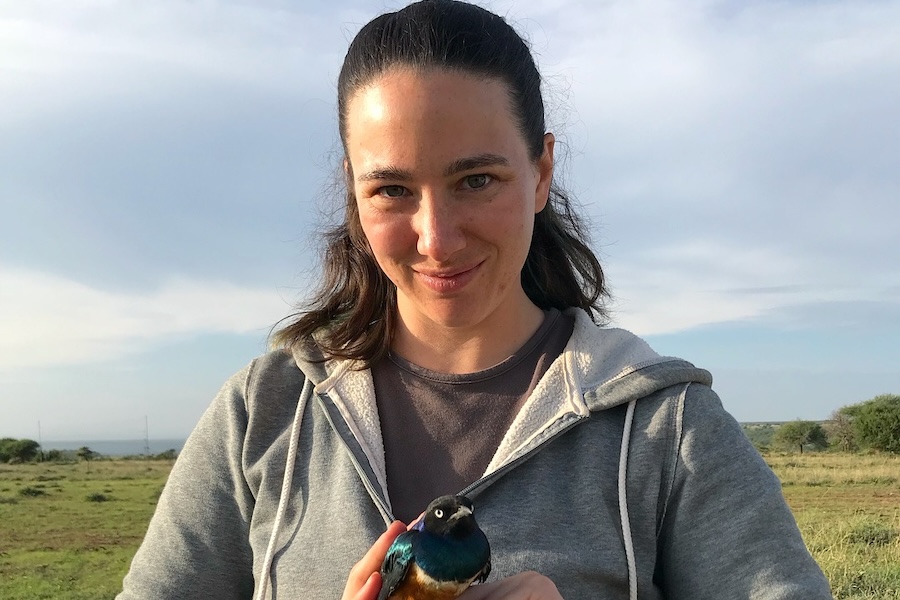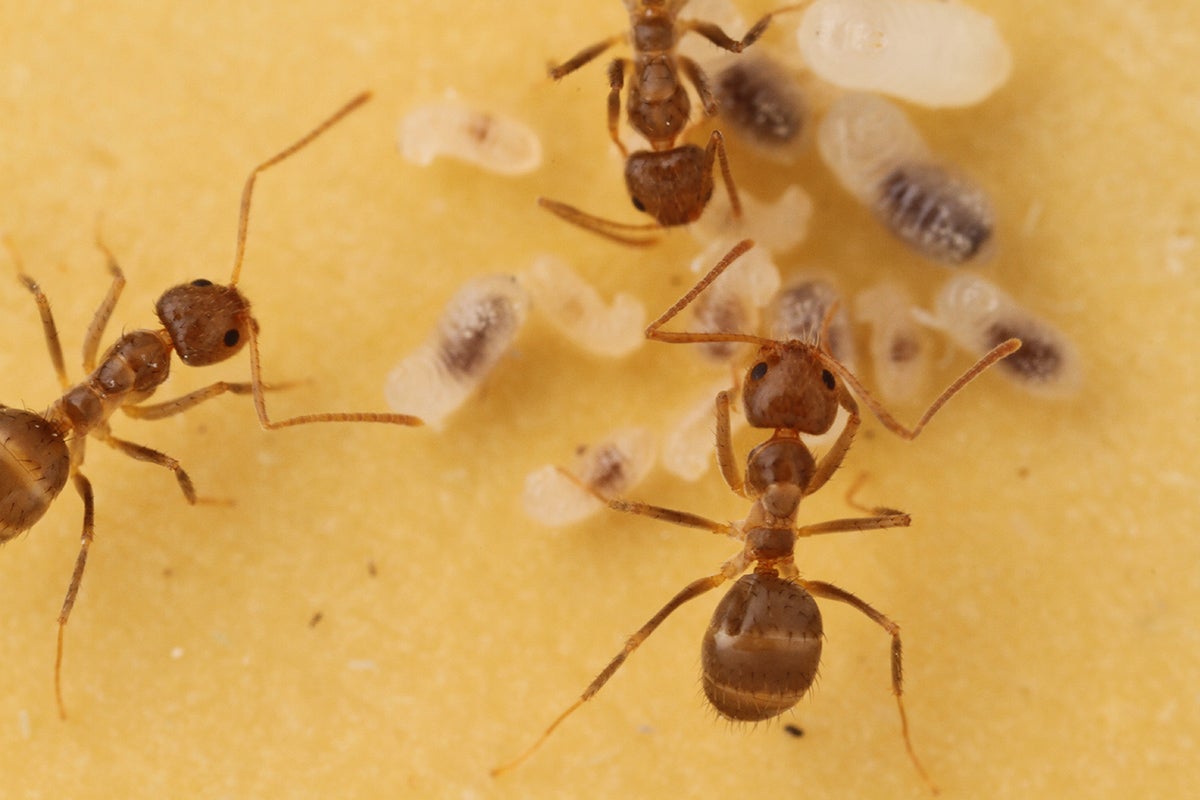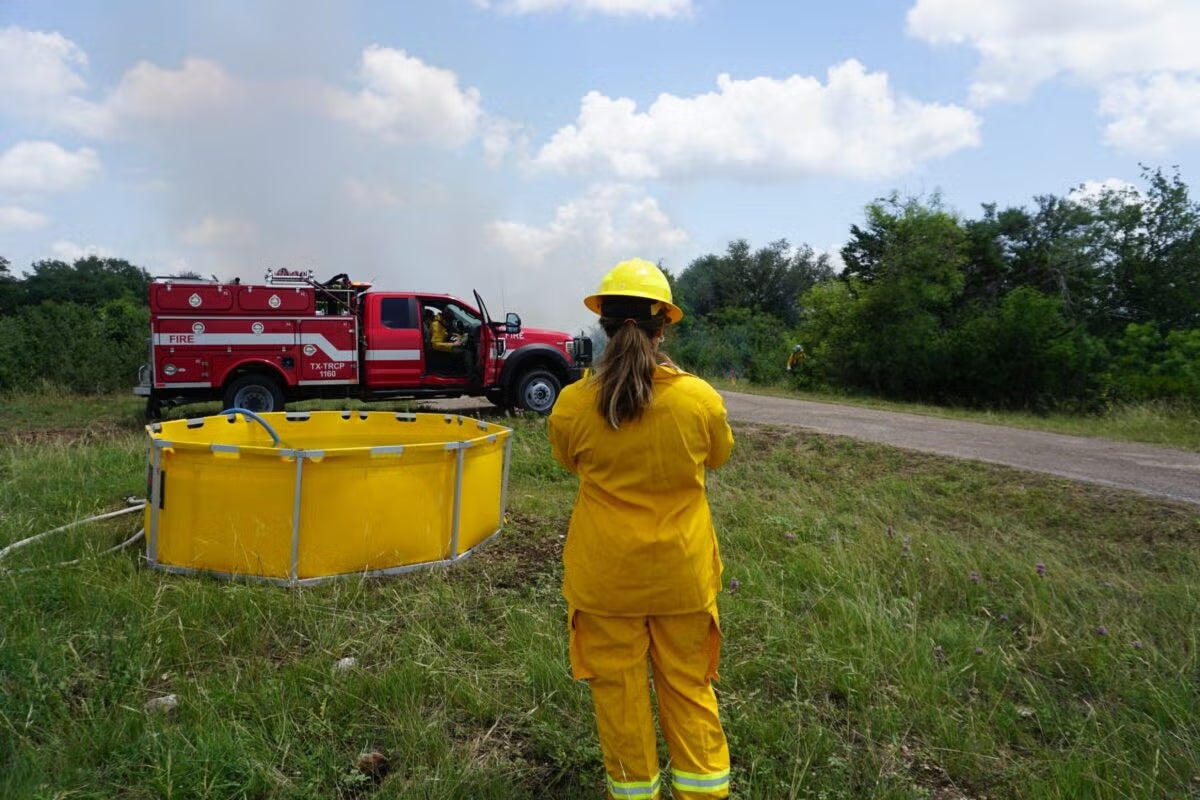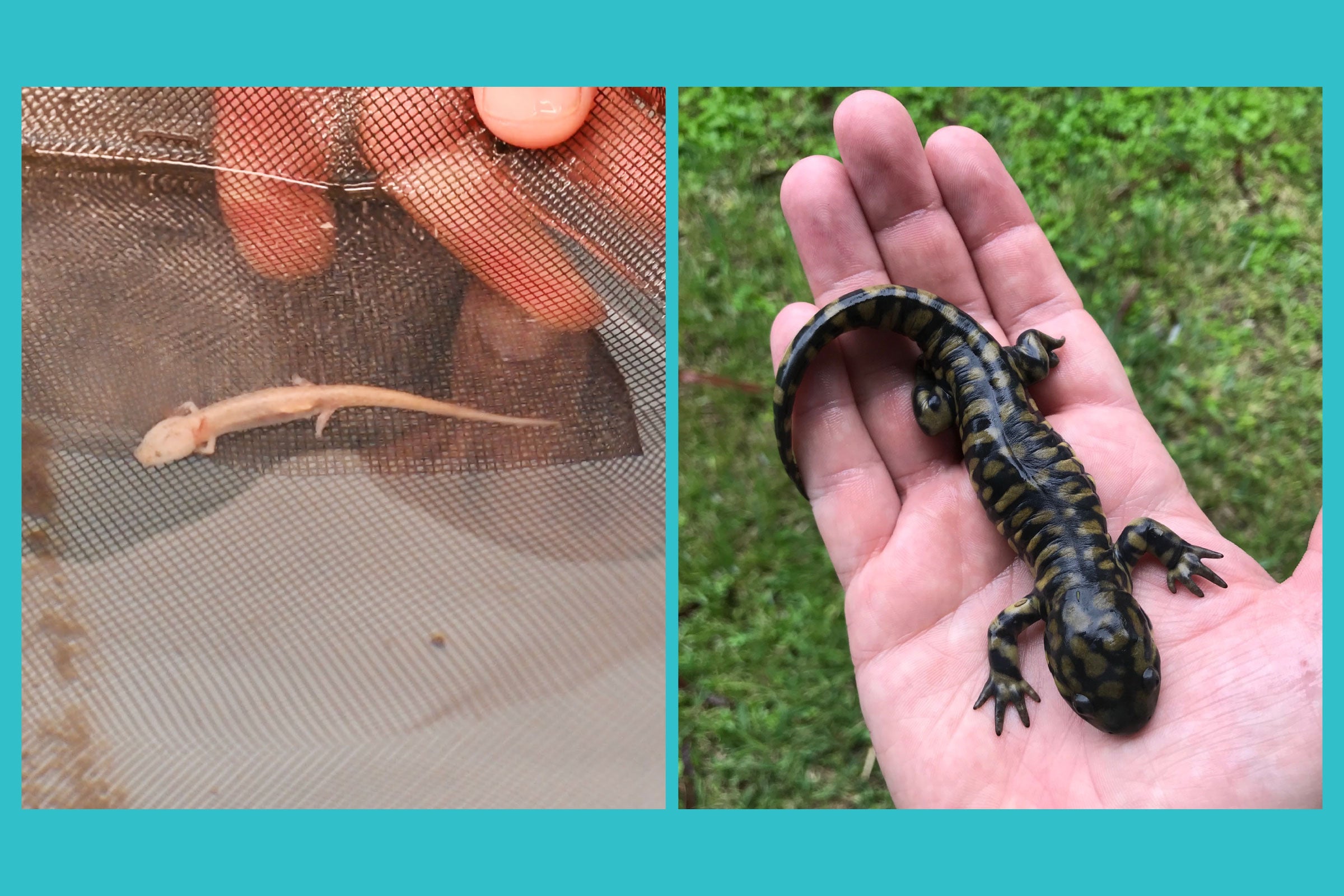Meet Stengl-Wyer Scholar: Shana Caro
Shana Caro is one of three scholars starting at UT this year.

As part of the new Stengl-Wyer Endowment, the Stengl Wyer Postdoctoral Scholars Program provides up to three years of independent support for talented postdoctoral researchers in the broad area of the diversity of life and/or organisms in their natural environments. Shana Caro is one of three scholars starting at UT this year. She is interested in how conflicts create and shape social behavior. She studies birds, focusing on the effects of sibling-sibling, parent-offspring, and male-female conflict on parental care and parent-offspring communication.
I interviewed Shana about her work, and not only learned about her fascinating research on birds, but got an idea for a very unique Halloween costume.
Tell us where you came from before UT, and what you studied.
I got my start in science studying how chimpanzees play for my undergrad thesis at Harvard University, with Zarin Machanda. This was the culmination of a longstanding desire to be Jane Goodall (I even dressed up as her for Halloween when I was 9!). After I graduated, I spent a year following capuchin monkeys as a field assistant in Costa Rica, working at Susan Perry's longterm field site. I next went to the University of Oxford for my DPhil, where I studied the evolution of parent-offspring signalling in birds with Ashleigh Griffin and Stu West. I expanded on this research theme during my first postdoc fellowship, at Columbia University with Dustin Rubenstein, working with superb starlings in Kenya.
What got you interested in studying birds?
I actually applied to grad school to do genetic engineering in bacteria, but at my first meeting with my supervisor Ashleigh Griffin, she told me she thought I would enjoy working on birds more. And she was right! Birds are wonderfully complex and subtle creatures, and I enjoy putting spycams inside bird nests much more than pipetting bacteria. My research focuses on how social behavior evolves when natural selection seesaws between favoring cooperation or competition-- and a nest of squawking baby birds is a perfect lens for this. Furthermore, because birds are such a well-studied taxon, I have the opportunity to conduct powerful comparative meta-analyses to look at broad patterns across species, in addition to my experimental work within species.
How do field labs like the ones at UT figure into your work?
The Brackenridge Field Laboratory was a major draw bringing me to UT Austin. I plan to establish a nest box population of European starlings there, and use the aviaries to conduct more controlled experiments. Having an established field lab right next to campus is an invaluable resource and something quite special about UT Austin. It means that undergraduates can have a much easier time getting hands-on experience helping with research. It's full of resources that most field sites lack, and those resources (even electricity!) are a lot closer at hand than at most field sites. Most importantly, its long history lets researchers observe ecological changes over time, which generates different insights than snapshot studies.
Where do you see your research agenda heading here at UT?
As a Stengl-Wyer fellow, I plan to set up my own field site with European starlings. I plan to study how evolutionary conflicts shape parental care and parent-offspring communication. I will be looking at sibling-sibling, parent-parent and parent-offspring conflicts over how much effort each parent makes and over resource allocation. In other words, how many worms do mom and dad bring back to the nest, and who gets to eat those worms... I will investigate social and ecological factors that change how parents and offspring behave, and try to elucidate the neuro-physiological underpinnings of behavioral shifts. In addition to my empirical work, I will develop new theoretical models of parental investment. I am extremely excited to have the opportunity to work with both Hans Hofmann and Mark Kirkpatrick on this research.



